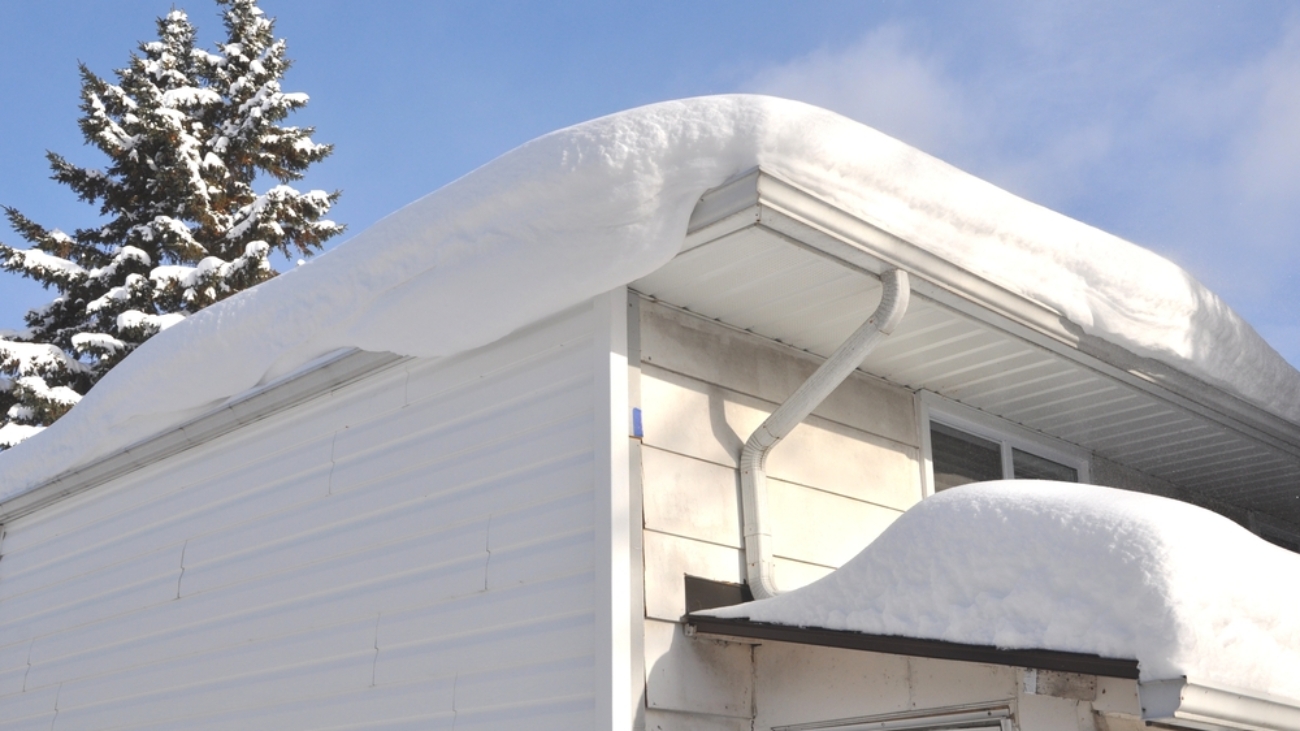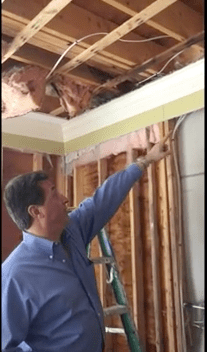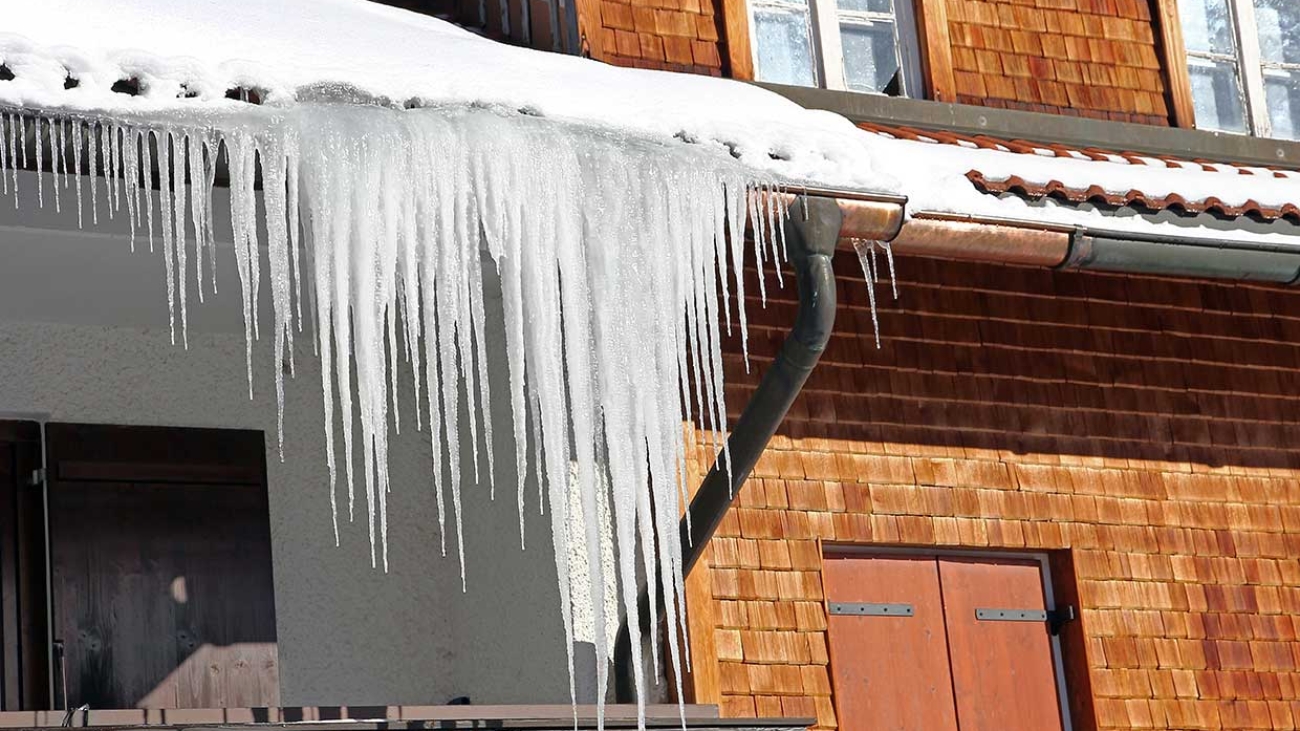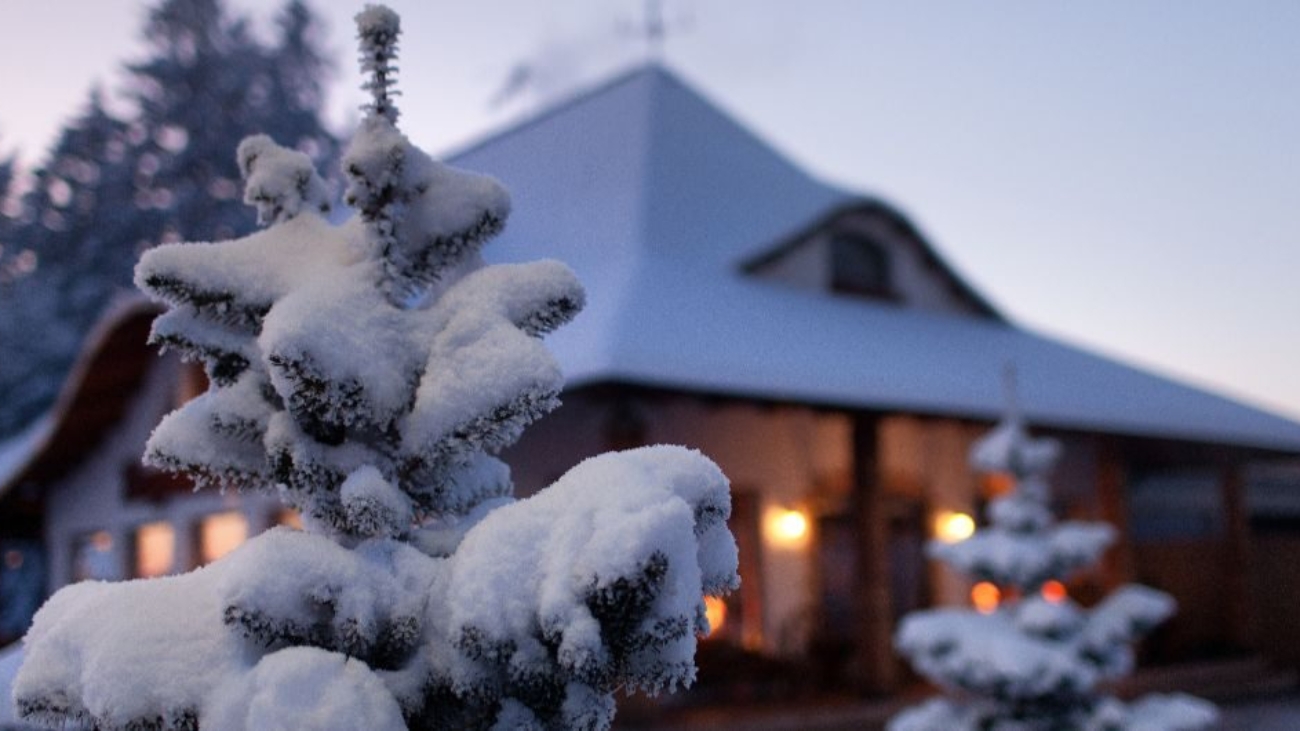
It’s FINALLY time to get out there and enjoy the summer weather! Unfortunately, many of our decks, roofs, and exteriors have taken a beating this winter. We have great tips that will help ensure that your properties are safe and sound:
- Roofs: Grab a pair of binoculars to visually inspect the roof. Better yet, hire a qualified Building Envelope expert to make a qualified assessment. Don’t forget to also check attic spaces for signs of water damage or pinpoints of daylight that indicate where water will soon penetrate the building.
- Prevent ice dams NEXT winter. Most ice dams are caused by insufficient ventilation. Summer is the time to make sure attics are properly ventilated and that insulation is sufficient. In some cases, heating coils may need to be added to “problem areas” of the roof.
- Siding. Some interior water leakage is actually the result of damaged siding. Replacement or repair is best way to keep water out and prevent damage.
- Clear gutters and downspouts. Make sure these are cleaned out twice a year to make sure water is flowing away from the house (to prevent water coming in basements) and that ice dams won’t form when the temperature drops.
- Decks. Before the barbecues are in full swing, be sure to inspect railings to make sure they’re not wobbly and that balusters are securely fastened. Make sure flashing between the deck and the home is in good shape and keeping water from building up and causing rot. Gaps or cracks in the wood may indicate that it’s time to reseal/stain the deck or replace boards altogether. In some cases, this may be the time to switch to composite decking material to minimize future maintenance.
As always, it’s a great idea to work with licensed and insured contractors to help you evaluate roofs, decks and siding. Stay safe and enjoy your summer!









